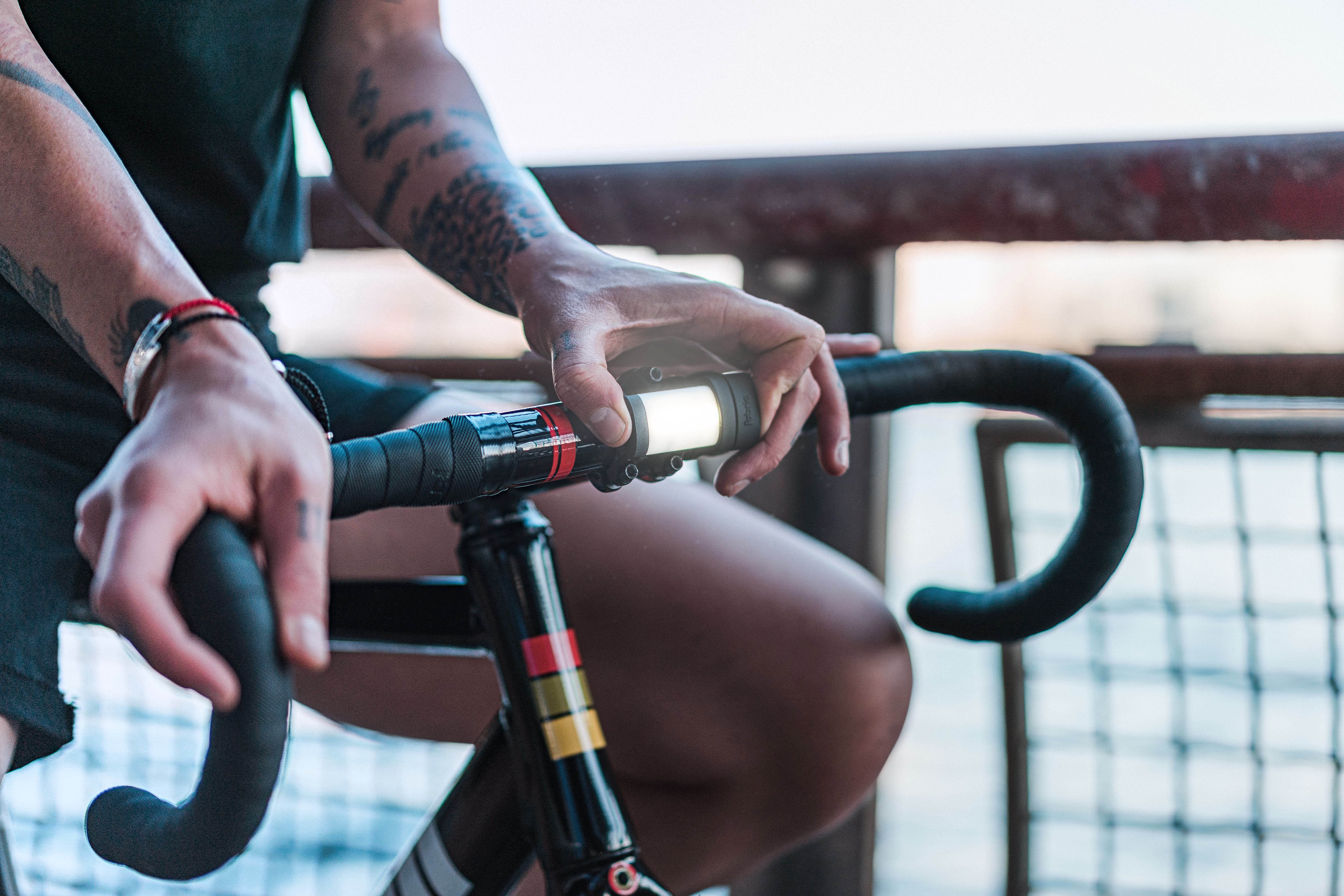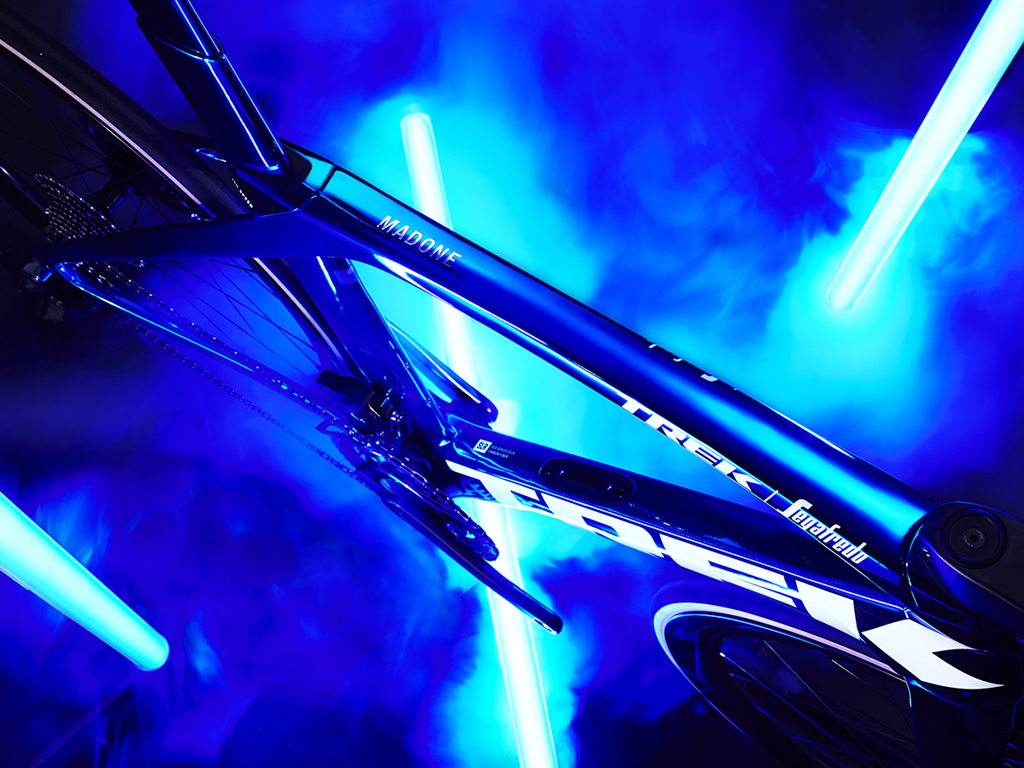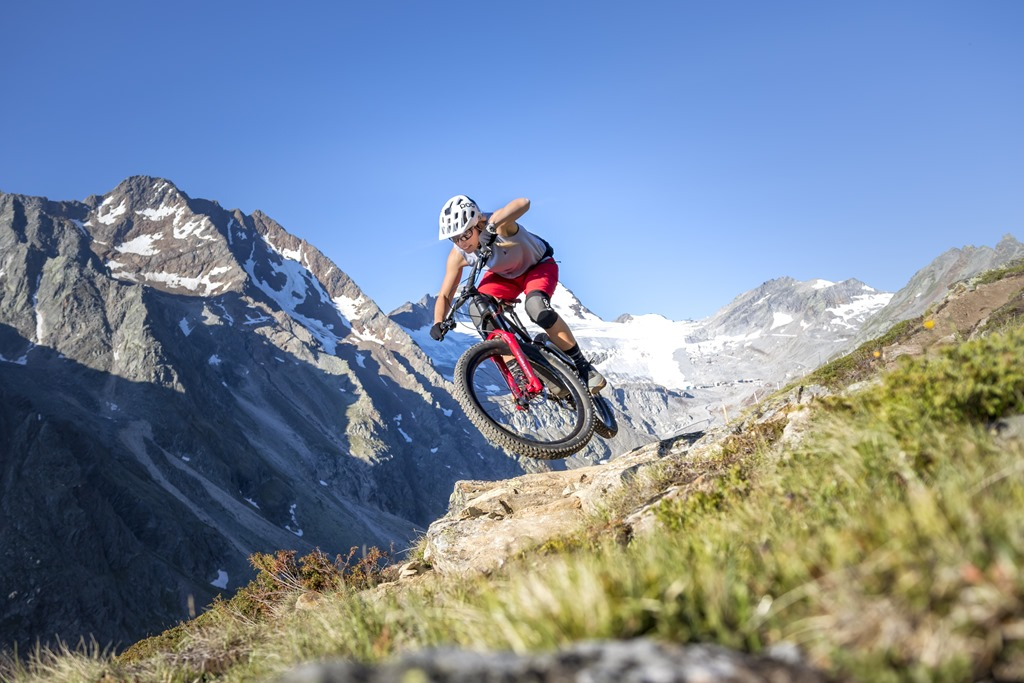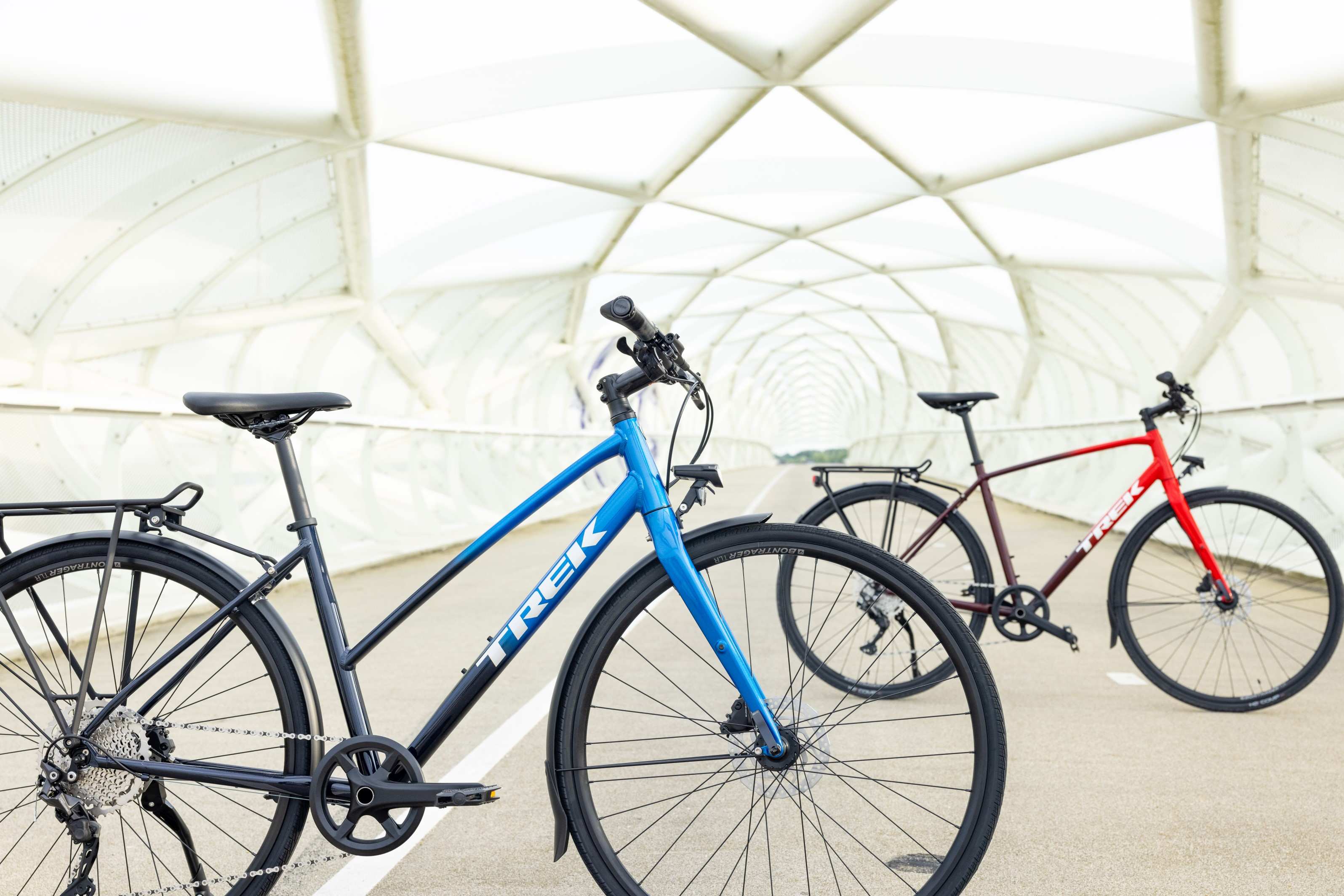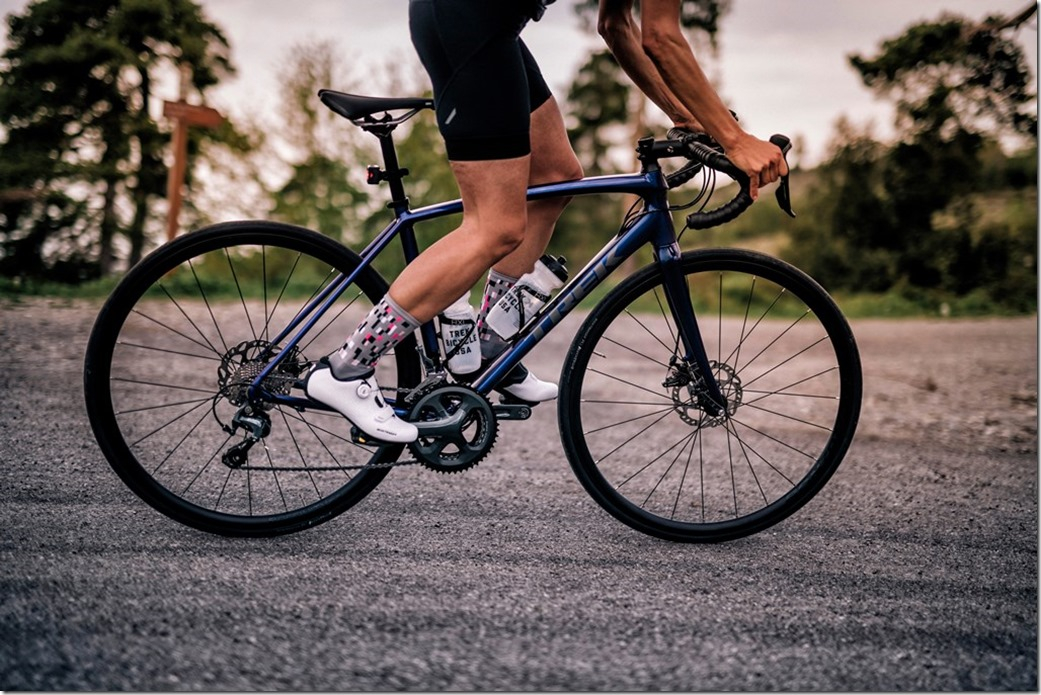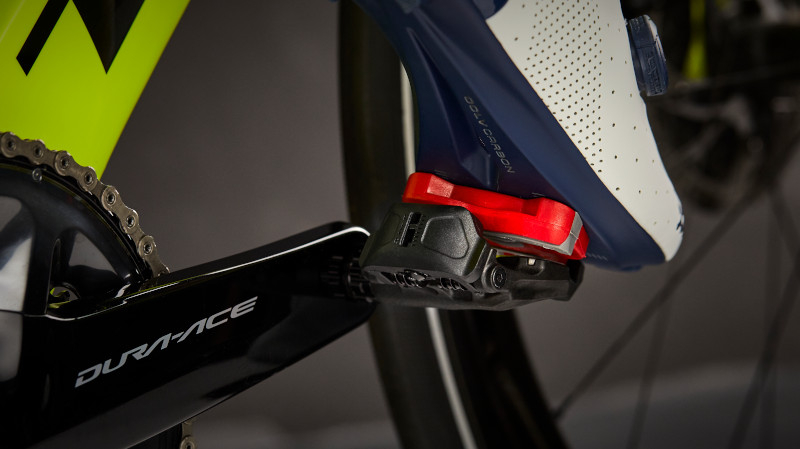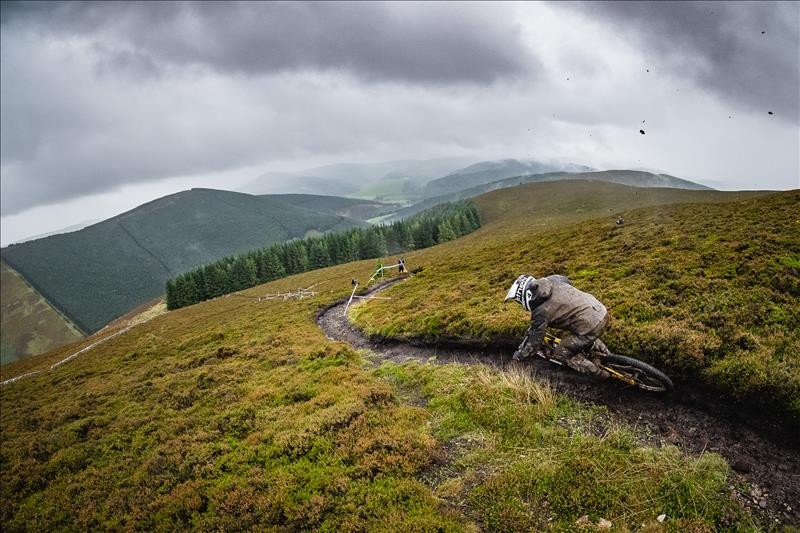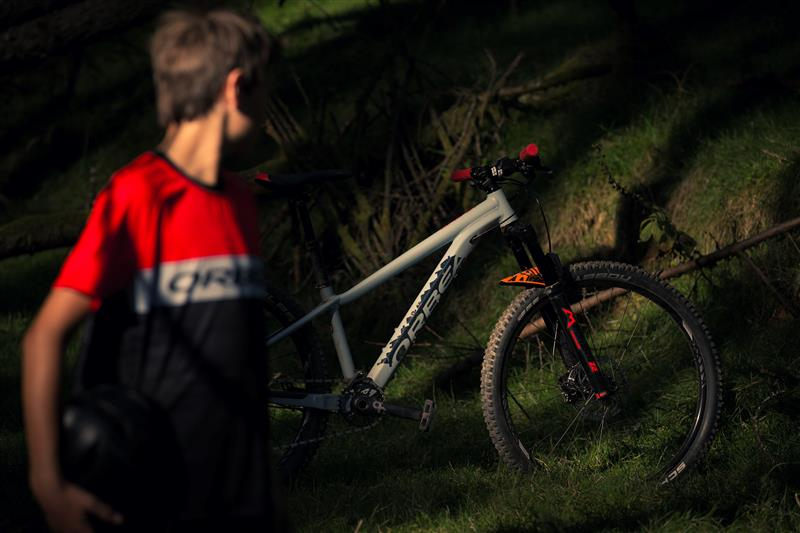Choosing the right Cycling Shoes
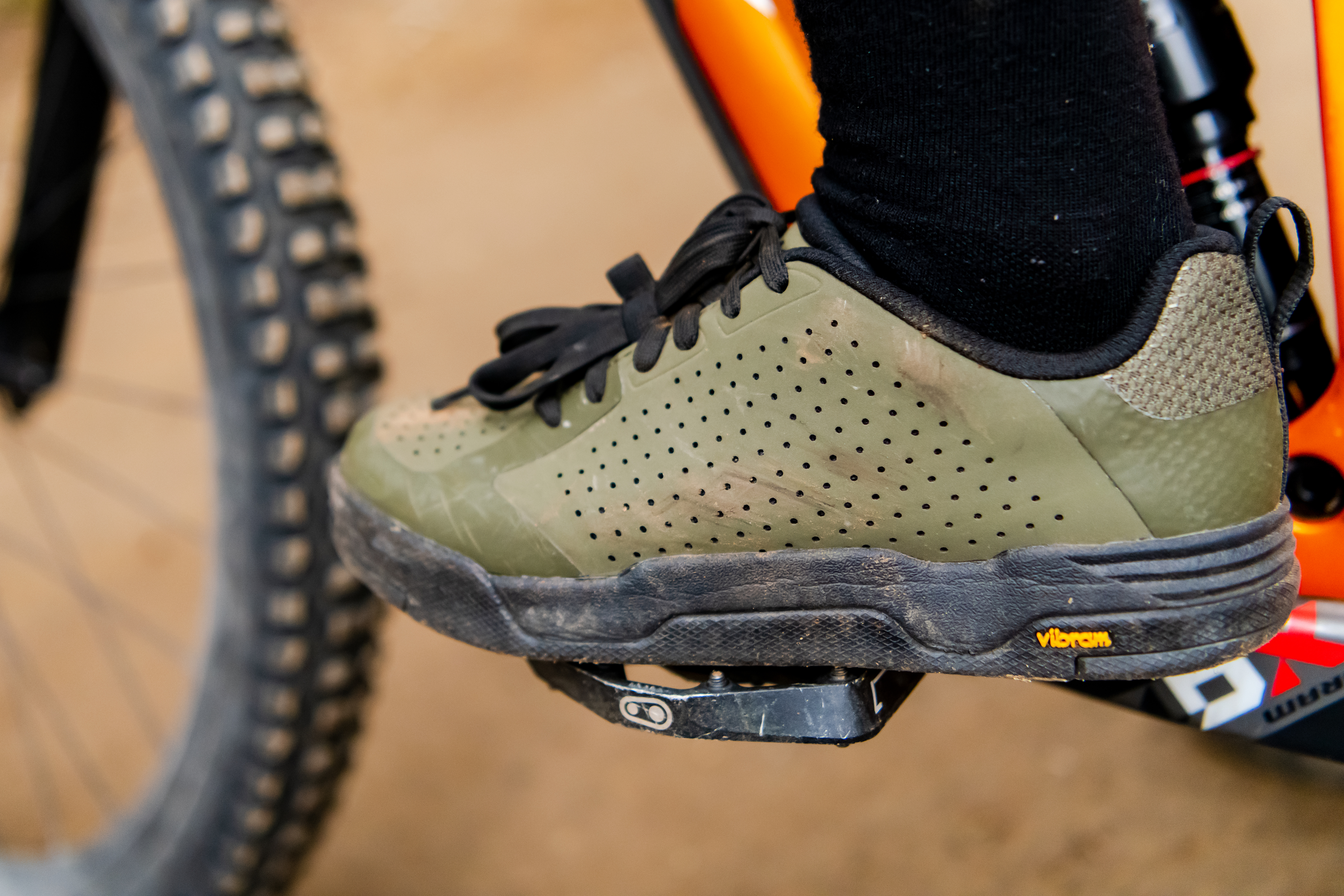
Choosing the right Cycling Shoes
Choosing the Right Cycling Shoes, Pedals and Cleats is essential. Clipping into pedals is one of the best ways to increase your speed on a bike because it gives you power on the pedal's pull and push. Using cleats and clipping in for the first time can be daunting, and it takes a little practice to feel natural when using them. There are a few crucial things to consider when choosing pedals, cleats, and shoes, such as ease of use, fit, and performance. I took about a month to research my first clip-ins; here's everything you need to know.
So how does it all work? It's straightforward enough; you screw a cleat onto the bottom of your shoe, which then clips into the pedal. You need to consider things like compatibility; for instance, a road cleat does not fit into a mountain bike pedal, and a road cleat does not work on a mountain bike shoe! We'll cover this and explain it and the pros and cons of what's on offer.
Cleats
Let's start with Cleats. As I mentioned before, there are different pedals and cleats for road riding and mountain biking. The differences are the area they take up under the shoe and the number of bolts the cleat uses to attach to the shoe. Road Cleats take up more space on the shoe's sole and use a three-bolt fit, whereas mountain cleats use two.
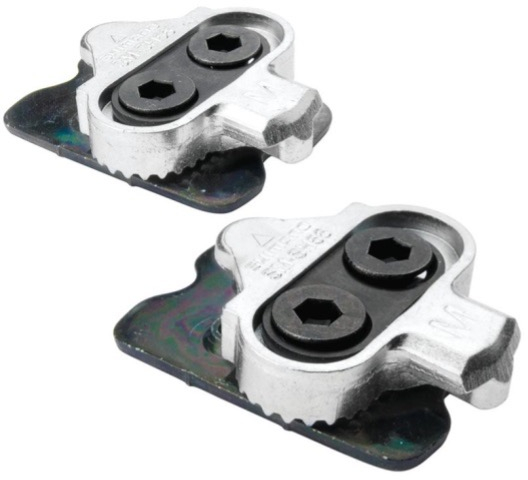
Mountain Bike Cleats 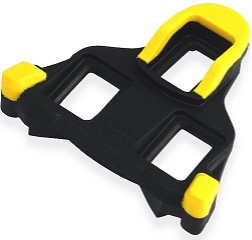
Road Bike Cleats
These two factors are all about performance; the larger surface area of a road cleat allows you to put more power through the pedal, achieving more speed. Because the road bike cleat is larger, it is one of the most straightforward clip-in actions. Mountain bike cleats are smaller and a little trickier to clip in and out. Mountain bike pedals connect with the cleat on either pedal side, but the Road pedals mechanism is only on one side. So a Mountain Bike cleat will clip into the pedal no matter which way round the pedal is. They are also easier to walk is as they are not as prominent. Some road riders will use mountain bike cleats and pedals on a road bike. We say the only wrong choice is the one that makes you uncomfortable.
Shoes
If you buy the right shoes and you road ride; they could almost last you forever. Mountain bike shoes tend to take alot more mud, grit and damage. No matter how or what you ride it is essential to invest in shoes that are well made and of reasonably strong material. Ventilation is important, you don't want hot, sweaty squeaky feet. A decent pair of riding shoes will undoubtedly have ventilation points.
There's no point in having cleats and pedals if your shoe is loose or keeps coming off. You want your shoe to fit comfortably like a second skin. This can get tricky as some brands fit closer than others. Cycles UK offers a Comfort Guarantee, which covers shoes, so there's no hassle getting the right shoe and fit.
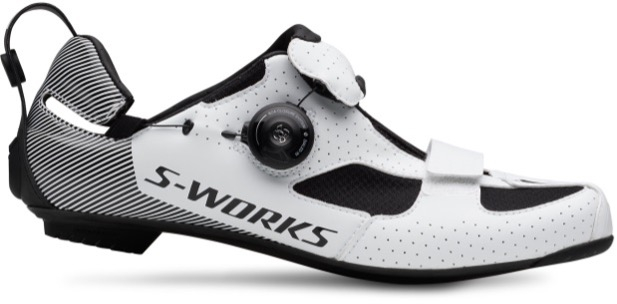
BOA fastening 
Velcro Fastening
Fastening your shoes is pretty vital.There are three options for shoe fastening, laces, velcro and BOA; a shoe can have one or a mix of the two. BOA is a dial system which allows quick release and tightening of a lace-up style fastening. It's pretty popular in cycling, and most shoes will have BOA on them mainly because it's quick to get in and off.
Pedals
Here are a few technical terms that may come in handy:
Float is a term used a lot in regards to all clip-in pedals, and it refers to the amount of left to right movement the cleat allows your foot to make. Remaining rigid during a pedal rotation would be uncomfortable and could also damage your knees. The most common pedal brands (Shimano and Look) use colour-coded cleats to show the Float's degree of movement. Note the more substantial the degree of Float, the more significant action you need to make to unclip the cleat from the pedal. 6° float is the most commonly used as it allows enough leg movement but doesn't make unclipping a large ankle twist.
SPD stands for Shimano Pedalling Dynamics. SPD is a type of pedal, but it is so popular most people now refer to pedals as SPD's. Shimano is a Brand; the term SPD is being used much like Hoover is for a vacuum cleaner or Sellotape for sticky tape. The other leading brand in Road pedals is Look; look pedals work the same way as Shimano; you clip into them the same way, and the cleat dictates Float.
Shimano uses SPD as the term used for pedals that fit two screw cleats on mountain bikes. SPD- SL is the term used for pedals that fit the three screw cleats on road bikes.
The remaining variables with pedals are the surface area and material. A carbon pedal is lighter, and it may be worth that extra cost for the few grams saved if weights your concern. I mentioned surface area because it does vary slightly between brand and model. For instance, the Shimano R550 traditionally thought of as the starter Road SPD-SL has a wider cleat and mechanism for better contact than traditional SPD systems making them easier to clip in and out.
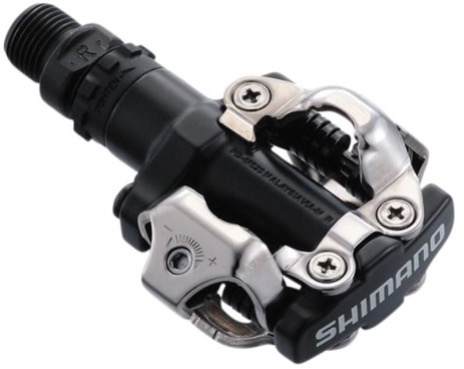
Mountain SPD Pedal. 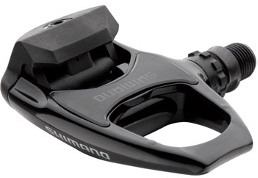
Road SPD-SL Pedal
Fitting and comfort
Float is also essential to comfort too rigid, and you may find you start to suffer from knee pain. Lining your cleat up correctly when adding it to your shoe will also avoid damage to your knees, ankles and hips. The secret is that your foot should sit straight and not at an angle when initially clipped into the pedal; this is integral to staying comfortable and injury-free. I would recommend taking the tools you need to adjust your cleats with you for the first few rides to make any adjustments and avoid injury while in the saddle.
